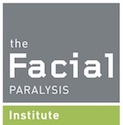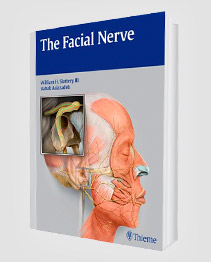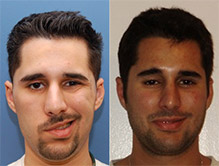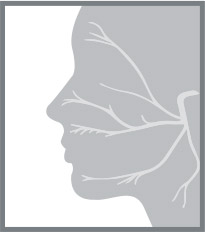Understanding Bell’s Palsy
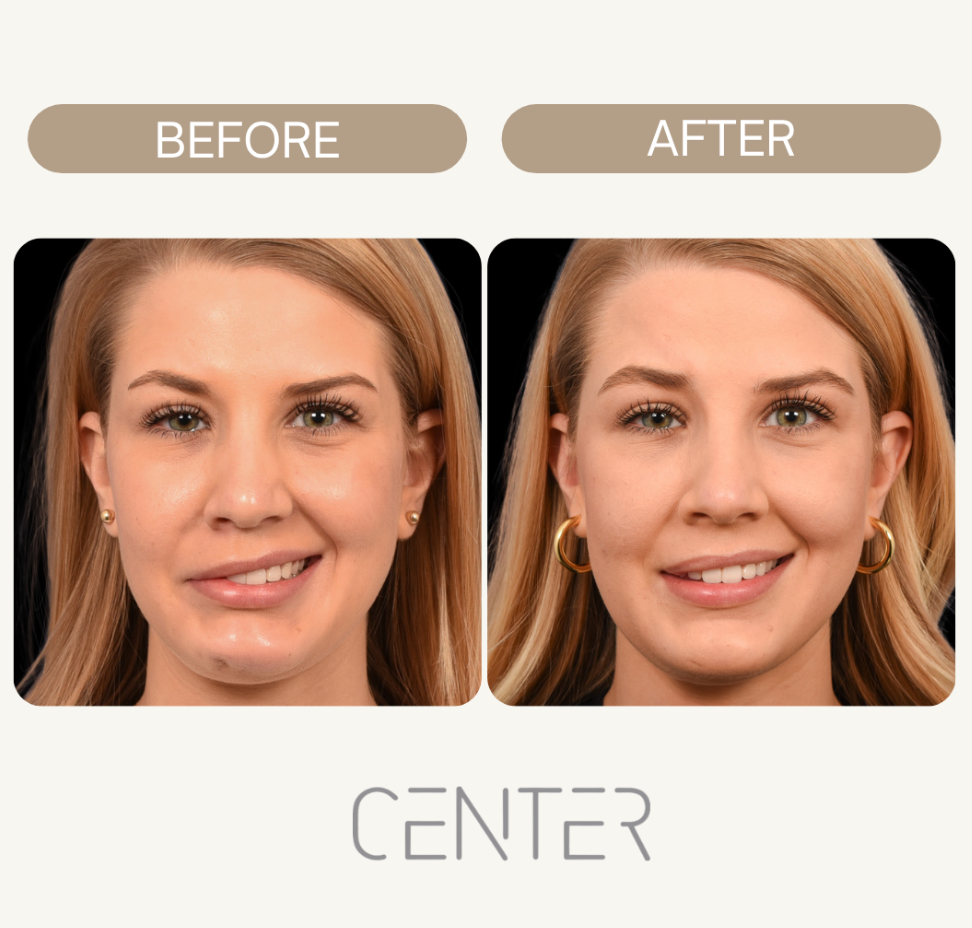
Dealing with Bell’s Palsy can be really tough. It’s a condition where your face gets weak or even paralyzed on one side. Sometimes, it gets better on its own, but other times, it sticks around and can make everyday things hard. When the usual treatments don’t quite cut it, surgery might be an option. This guide will walk you through what Bell’s Palsy surgery is all about, from understanding the problem to what happens after an operation.
Defining the Condition
What exactly is Bell’s Palsy? Well, it’s basically when the facial nerve gets wonky, leading to weakness or paralysis on one side of your face. It can happen super fast, which is kind of freaky. The cause is usually a mystery, which is why they call it idiopathic. It can mess with your speech, make it hard to eat, and even stop you from closing your eyelid properly. Not fun at all.
Recognizing Key Symptoms
How do you know if you might have Bell’s Palsy? Here are some things to look out for:
- Sudden weakness on one side of your face
- Drooping of your mouth or eyelid
- Difficulty smiling or closing your eye
- Drooling
- Changes in taste
It’s important to pay attention to these symptoms because early detection can really make a difference in how things turn out. Don’t just brush it off as a weird day; get it checked out.
The Importance of Early Diagnosis
Getting diagnosed early is a big deal. While many people get better on their own, early diagnosis means you can start treatment sooner. This can help reduce the severity and how long it lasts. A doctor will check you out to make sure it’s really Bell’s Palsy and not something else. They’ll also figure out the best plan to help you get back to normal. Don’t wait around – the sooner, the better!
When Surgical Intervention Becomes Necessary

Bell’s Palsy is a condition where facial function remains severely impaired despite consistent medical management. When other treatments fail, surgery becomes a viable option. The decision to undergo surgery depends on the potential benefits against the risks, especially when initial treatments don’t yield desired results.
Criteria for Surgical Candidacy
Bell’s Palsy patients are not automatically considered for surgery. Doctors evaluate the severity and duration of paralysis, overall health, and realistic expectations. If there’s no improvement after months or significant nerve damage, it’s a red flag. Recovering from surgery requires a healthy lifestyle and recovery process. Here’s a quick rundown:
- Significant, persistent paralysis despite medical treatment.
- Evidence of severe nerve damage on diagnostic tests.
- Good overall health to withstand surgery.
- Realistic expectations about surgical outcomes.
It’s important to remember that surgery is a big decision, and it’s not right for everyone. Your doctor will need to carefully evaluate your individual situation to determine if you’re a good candidate.
The Role of Specialist Consultation
Consult a specialist, such as facial plastic surgeons, neuro-otologists, or neurologists, for a thorough assessment of facial nerve disorders. They can provide a thorough examination, explain surgical options, risks, benefits, and recovery expectations. They can guide you through the process, ensuring you receive the best possible care. They might even suggest Botox injections as an alternative to surgery. It’s all about getting the right advice from the right people.
Exploring Surgical Modalities for Bell’s Palsy
You’re considering surgery for Bell’s Palsy? It’s a big decision, and it’s good to know what your options are. Not everyone needs surgery, but for some, it can really make a difference. Let’s look at the different types of surgical approaches that are out there.
Reconstructive Surgical Approaches
Reconstructive surgery is often about improving how things look and work after the nerve damage from Bell’s Palsy. Think of it as rebuilding what’s been affected. These procedures can range from simple to pretty complex, depending on what needs fixing. For example, sometimes a brow lift can help with vision problems caused by a drooping eyelid. Other times, it might involve repositioning muscles to improve your smile. It’s all about tailoring the surgery to your specific needs.
Nerve Repair and Grafting Techniques
If the facial nerve is damaged, nerve repair or grafting might be an option. Nerve repair is when the damaged ends of the nerve are reconnected. Nerve grafting involves taking a nerve from another part of your body (usually a less important one) and using it to bridge the gap in the damaged facial nerve.
The success of these procedures often depends on how long it’s been since the initial paralysis. The sooner you can address the nerve damage, the better the chances of a good outcome.
Dynamic and Static Facial Reanimation
Facial reanimation aims to restore movement to your face. Dynamic reanimation uses muscle transfers or grafts to create new movement. Static reanimation, on the other hand, uses slings or other materials to support the face and improve symmetry, but it doesn’t restore actual movement.
Ultimately, the best surgical approach depends on your individual situation, the severity of your Bell’s Palsy, and what you hope to achieve. Talking to a specialist is key to figuring out the right path for you.
Navigating the Surgical Journey
Embarking on surgery for Bell’s palsy involves several key stages. It’s a path that requires careful planning and understanding to help ensure the best possible outcome. Let’s walk through what you can expect.
Before surgery, a thorough medical evaluation, including blood tests, imaging, and medical history review, is necessary. Surgeons discuss surgery goals, potential risks, and recovery expectations. Patients may need to adjust medications or stop certain supplements. Specific instructions on fasting and hygiene are also provided. Understanding pediatric Bell’s Palsy is also important if the patient is a child.
The Surgical Procedure Explained
The surgical procedure for reconstructive surgeries, which may involve nerve grafts, muscle transfers, or facial slings, typically involves general anesthesia and can last from a few hours to several hours. The surgeon makes precise incisions, performs repairs, and closes the incisions.
Post-Operative Care and Recovery
After surgery, you’ll need to follow a specific care plan to promote healing and minimize complications. This often includes:
- Pain management with prescribed medications.
- Wound care to prevent infection.
- Physical therapy to help restore facial movement.
- Regular follow-up appointments with your surgeon to monitor your progress.
Post-surgery, patience and diligence are crucial for successful rehabilitation exercises. Swelling and bruising may subside gradually, but with proper care, facial function and appearance can be significantly improved.
Potential Risks and Complications
Embarking on any surgical path requires a candid understanding of potential pitfalls. While facial reanimation surgery offers hope for improved function and aesthetics, it’s crucial to be aware of the possible risks and complications that may arise. Let’s explore these aspects with transparency.
Understanding Surgical Risks
Facial reanimation surgery carries inherent risks such as swelling, bruising, and numbness, but less common but possible risks include infection, facial contour changes, nerve injury, and hematoma. Open communication with the surgical team is crucial to address concerns and understand individual risk profiles.
Here’s a brief overview of potential risks:
- Infection
- Hematoma
- Nerve damage
- Asymmetry
Managing Post-Operative Challenges
Post-operative care is crucial for minimizing complications and promoting healing. Adherence to surgeon’s instructions, monitoring for infection signs, and reporting symptoms to medical teams are essential. Physical therapy and synkinesis treatments may be recommended.
Long-Term Considerations
Facial reanimation surgery can lead to lasting improvements, but it may take months to see full results, and additional procedures may be needed. Regular follow-up appointments are crucial for monitoring progress and addressing long-term concerns. If facial paralysis makes it hard to close the eye, surgery can allow you to close your eye and protect it from becoming dry.
Beyond Surgery: Complementary Treatments
Surgery isn’t the only path to consider when dealing with Bell’s Palsy. There are other treatments that can really help, either on their own or alongside surgery, to get you back to feeling like yourself.
Non-Surgical Therapeutic Options
Doctors may suggest acupuncture for nerve stimulation, corticosteroids to reduce inflammation, and antiviral drugs to help with Bell’s Palsy. It’s important to find the right approach based on your symptoms and doctor’s recommendations.
The Benefits of Physical Therapy
Physical therapy is crucial for Bell’s Palsy, as it involves retraining facial muscles through specific exercises and techniques to improve range of motion and coordination. Consistent effort can significantly improve facial movements, reshaping the face with expert guidance.
Adjunctive Treatments for Enhanced Outcomes
Bell’s Palsy can be treated with a holistic approach, including biofeedback, massage therapy, and eye care. Biofeedback involves using electronic devices to control muscle activity, massage therapy relaxes tight muscles, and eye care includes lubricating drops and wearing an eye patch. It’s crucial to work closely with your healthcare team to develop a treatment plan tailored to your specific needs and goals.
Achieving Optimal Outcomes in Bell’s Palsy Management

Bell’s Palsy can be a challenging condition, but with the right approach, recovery can be improved. A multidisciplinary team, including a neurologist, physical therapist, and surgeon, can address all aspects of the condition. Seeking advice from specialists is crucial for a well-rounded recovery plan. Patient empowerment through education is also essential, as understanding the condition, treatment options, and recovery expectations helps make better decisions and encourages active participation in the treatment plan.
Sustaining Long-Term Facial Function
Getting back your facial function is the main goal, right? It’s not just about the initial recovery; it’s about keeping that function over the long haul. This might involve ongoing physical therapy, lifestyle adjustments, or even considering surgical treatments for Bell’s Palsy if needed. Think of it as a marathon, not a sprint. Consistency is key. Here are some things to keep in mind:
- Regular exercise to maintain muscle strength.
- Proper skincare to protect the affected side of your face.
- Stress management techniques to prevent flare-ups.
Want to know how to get the best results when dealing with Bell’s Palsy? Our website has lots of helpful information and tips. We cover everything from what causes it to the best ways to treat it. Don’t wait, visit our site today to learn more about how we can help you.
The Importance of Professional Medical Advice in Treating Bell ext:
It’s clear that getting help from a specialist is super important. They can really figure out what’s going on and help you pick the best way to feel better. Even if some people get better on their own, there are tons of ways to make things easier and help you heal faster. If you’re dealing with Bell’s Palsy, or you’ve had surgery for it, or you just have questions, don’t be shy. Reach out to a professional. They’re there to help you get back to feeling like yourself again.
Request your consultation with Dr. Azizzadeh today
Call us at (310) 657-2203 to schedule an appointment.
Schedule a Consultation